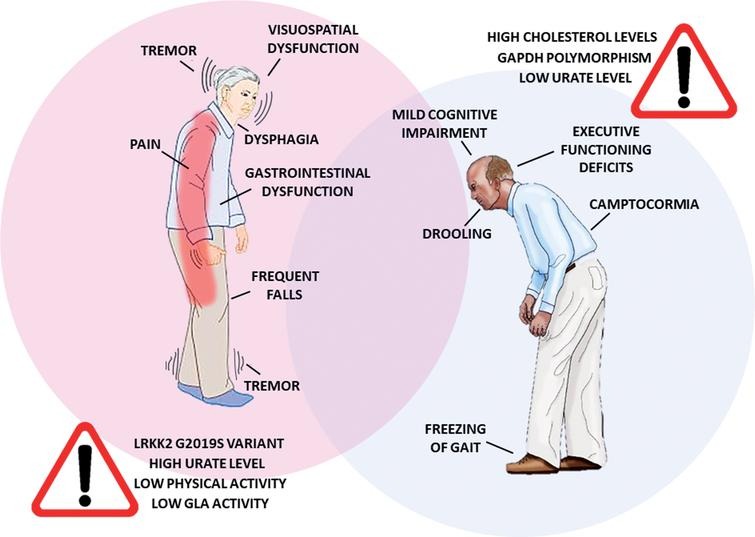Published on
Updated
Reading 3 mins.
Between men and women, Parkinson’s does not have exactly the same face. For women, who are less likely to be affected, the pathology seems to be influenced by factors ranging from the age of menopause to the number of pregnancies. But we do not know how they act in practice.
“This disease has not been specifically studied in women, because it is more present in men”summarizes with AFP the epidemiologist Marianne Canonico, at the head of a study just published on the female risk factors of Parkinson’s disease.
Different symptoms between the two sexes
Because sex undoubtedly plays a role: in the frequency of this pathology, which gradually affects the ability to move and is the second neurodegenerative disease after Alzheimer’s, and in the way it manifests itself.
“The risk of developing Parkinson’s disease is twice as high in men, but mortality is higher in women and the disease progresses faster”noted in 2019 a summary published in the Journal of Parkinson’s Disease.
“In addition, the symptoms (…) vary between men and women”continue the authors.

Falls are thus more frequent in women, while men tend more often to salivate excessively or to have their walk interrupted by blockage of the legs.
Why such differences? This is largely unknown and, at this stage, researchers are still determining which risk factors specifically affect women.
It is the object of the study headed by Marianne Canonico for Inserm and published in Brain, one of the leading neurological journals. It marks an important step forward because it is of an unprecedented scale in terms of the number of people studied, as well as the period covered.
The study is based on data collected over the past thirty years on some 100,000 French women. Over time, various diseases emerge, allowing researchers to cross-reference their occurrence with other factors.
Protective hormones?
Here, the study concludes that Parkinson’s disease is more common in women whose menopause has been artificially induced, particularly before age 45, and those who have had multiple children. The risk is also greater for those whose periods appeared earlier or later than the average, the latter being around 12-13 years.
There is no need to panic if you belong to one or more of these categories. The risks are slightly higher but are unlikely to change the situation on an individual level.
“It does not multiply by four or five the risk: it is not the effect of tobacco on lung cancer!”emphasizes Ms. Canonico.
The interest of such a study is rather “to understand the mechanisms that may be involved in Parkinson’s disease in women”she explains.
Thus, the study is partly in line with one of the main hypotheses put forward to explain the lower frequency of the disease in women: estrogens, the main female hormones, play a protective role against the disease.
This would explain, for example, that an early menopause increases the risk. In the women concerned, in fact, the production of estrogen stops earlier than average. Conversely, when puberty is later than average, production begins later.
But the hypothesis does not fit perfectly either with the results of the study. Why is the disease more common after multiple pregnancies, even though estrogen levels increase when you are pregnant?
The debate therefore remains largely open, but this work makes it possible to better direct future research, in the hope of one day developing effective treatments for Parkinson’s disease.
“If estrogens are really involved, we can imagine that we can study their effect more precisely on the cerebral mechanisms that come into play in Parkinson’s disease”concludes the Inserm epidemiologist, insisting however on the need to carry out other studies.
